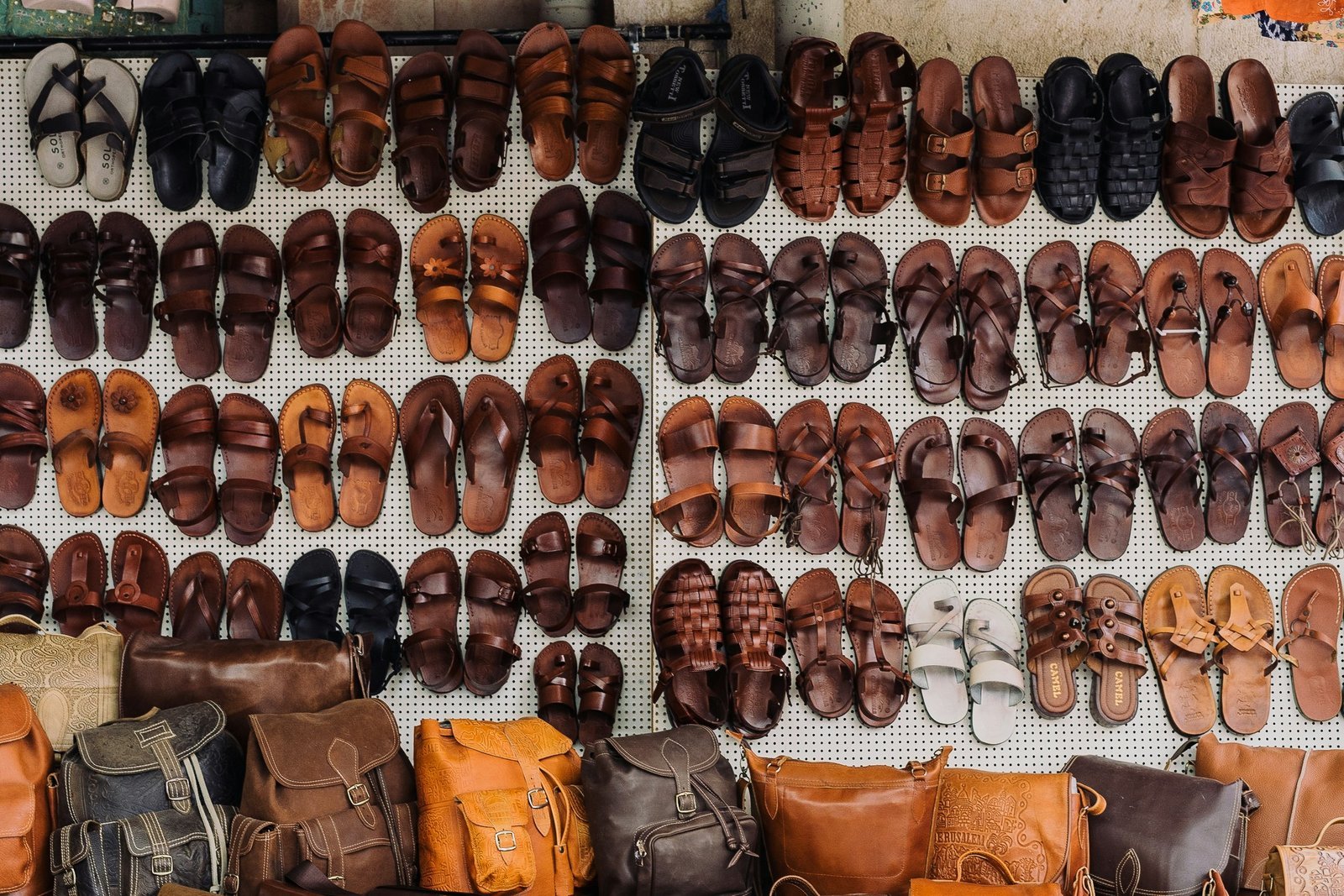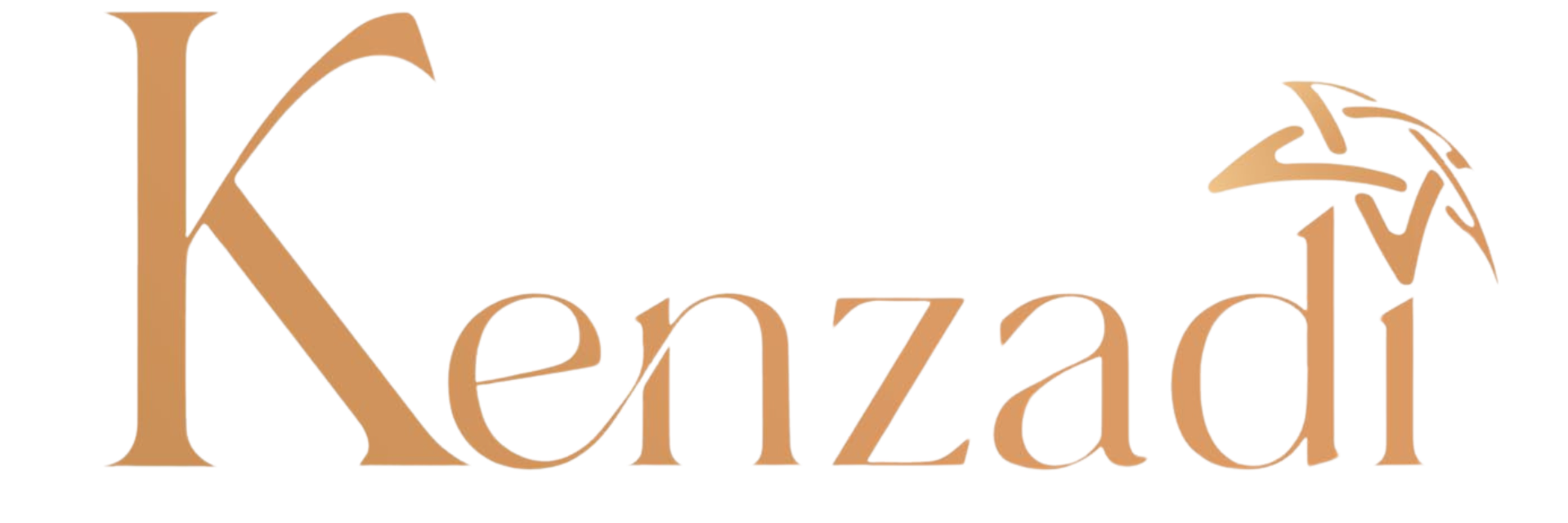
Understanding the Leather Home Goods Market
The leather home goods market presents a unique opportunity for aspiring entrepreneurs, driven by a blend of evolving customer preferences and emerging trends. Currently, there is a growing demand for high-quality, sustainable leather products, as consumers increasingly prioritize durability and craftsmanship in their purchasing decisions. This shift is influenced by a broader movement towards sustainability, prompting customers to seek out items that not only serve functional purposes but also reflect their values regarding the environment and ethical production.
Identifying target demographics is crucial in this sector. The market encompasses a diverse range of consumers, from young professionals seeking stylish decor items to families interested in practical, long-lasting products. Additionally, there is a notable inclination among affluent customers towards bespoke leather goods, showcasing a preference for customized items that cater to individual tastes. This demand for personalization underscores the necessity for leather home goods businesses to understand their audience, tailoring offerings that align with specific lifestyles and aesthetics.
Moreover, a thorough analysis of potential competitors is essential. The leather home goods landscape is populated by both established brands and emerging artisans, each vying for attention in a crowded marketplace. Understanding how these competitors position themselves—whether through pricing strategies, product ranges, or marketing techniques—can provide valuable insights. Entrepreneurs must also remain aware of trends in materials and design, as innovation in these areas can significantly influence customer preferences.
The importance of entrepreneurship in this market cannot be overstated. By developing a keen understanding of market conditions, target demographics, and competition, potential business owners can better gauge the viability of their leather home goods ideas. This foundational knowledge equips them to align their offerings with market expectations and effectively carve out a niche in the ever-evolving leather products landscape.
Defining Your Brand and Product Line
Creating a successful leather home goods line involves a strategic approach to defining your brand identity and product offerings. The first step is to identify your unique selling proposition (USP) – what differentiates your products from competitors. This could be anything from sourcing sustainable materials to offering custom designs. By articulating your USP, you set the foundation for your brand and create a compelling reason for customers to choose your products over others.
Next, it is crucial to determine the materials and designs that will embody your brand vision. As leather is a versatile material, consider how different textures, colors, and types of leather can be utilized to align with the aesthetic you wish to present. It can be beneficial to develop a collection that showcases a specific theme, targeting a distinct market segment. By mastering the interplay between materials and design, you create a product line that resonates with consumers and clearly communicates your brand ethos.
Additionally, establishing a cohesive brand story is vital in creating a strong identity that attracts customers. Narratives that highlight your journey, ethical practices, or artisanal craftsmanship can foster an emotional connection with your audience. Storytelling in branding allows potential customers to see the value behind your products, making them feel part of your brand’s mission. Consistency is key; ensure that your brand’s voice, messaging, and visuals align across all platforms, from your website to social media, to create an immersive brand experience.
In conclusion, defining your brand and product line in the leather home goods market requires careful consideration of your USP, materials, designs, and storytelling. By thoughtfully crafting these elements, you set the stage for a brand that not only stands out but also resonates deeply with customers.
Setting Up Your Business through Kenzadi.com
Launching your leather home goods line can be an exciting yet complex endeavor. Kenzadi.com provides a robust platform to facilitate this journey and streamline various aspects of your business. The initial step involves setting up your account on Kenzadi.com, which is a straightforward process. Simply visit the website and follow the prompts to create your user profile. This profile will serve as the foundation for managing your leather goods business.
Once your account is established, you can leverage Kenzadi.com’s extensive resources to source quality materials necessary for your products. The platform collaborates with numerous suppliers, ensuring you have access to a diverse range of leather types, fabrics, and tools. As you select your materials, consider their quality and how they fit into your overarching design goals. This careful consideration not only enhances product value but also strengthens your brand identity.
Furthermore, Kenzadi.com offers a marketplace designed to connect artisans with potential customers. Optimizing your presence on this platform will increase the visibility of your leather home goods. It’s crucial to present your products attractively, utilizing high-quality images and detailed descriptions that highlight the unique features of each item. In doing so, you will effectively engage your target audience and encourage sales.
Inventory management is another critical aspect of running your leather home goods business. Kenzadi.com provides tools to help you track your stock levels, which is essential for maintaining a smooth operation and ensuring timely fulfillment of customer orders. Taking the time to develop a robust pricing strategy will also aid in establishing a competitive edge in the marketplace. Alongside pricing, understanding legal requirements—such as business licenses, taxes, and product regulations—is imperative to operate within legal confines and safeguard your enterprise.
Marketing Your Leather Home Goods Line
Marketing is a critical aspect of launching a successful leather home goods line. To capture the attention of your target audience, leveraging social media platforms becomes indispensable. Platforms such as Instagram, Pinterest, and Facebook provide visual storytelling opportunities that can showcase the craftsmanship and elegance of leather products. By posting high-quality images and videos of your items in use, customers can visualize the utility and aesthetic value of your goods in their living spaces.
Furthermore, collaborating with influencers can significantly enhance your brand’s visibility. Influencers in the home decor and lifestyle niches can introduce your leather home goods to a wider audience. Their authentic endorsements resonate with followers who seek genuine recommendations, driving organic interest in your products. Carefully select influencers whose values align with your brand ethos to ensure a seamless partnership that feels natural and credible.
In addition to social media marketing, adopting an SEO-optimized content marketing strategy is essential. Create a blog on your website, focusing on topics relevant to leather home goods, including care tips, home decor ideas, and product highlights. This approach not only helps in establishing your brand as an authority in the leather niche but also improves your website’s ranking on search engines. By using targeted keywords and phrases related to leather goods, you can attract customers searching for information or products that match their needs.
Building a brand community is another potent tool in your marketing arsenal. Engaging with customers through newsletters, social media interactions, and user-generated content fosters loyalty and creates a sense of belonging. Encourage customers to share feedback and reviews, allowing for continuous improvement and adaptation to market demands. These strategies collectively contribute to sustained growth and profitability for your leather home goods line.
